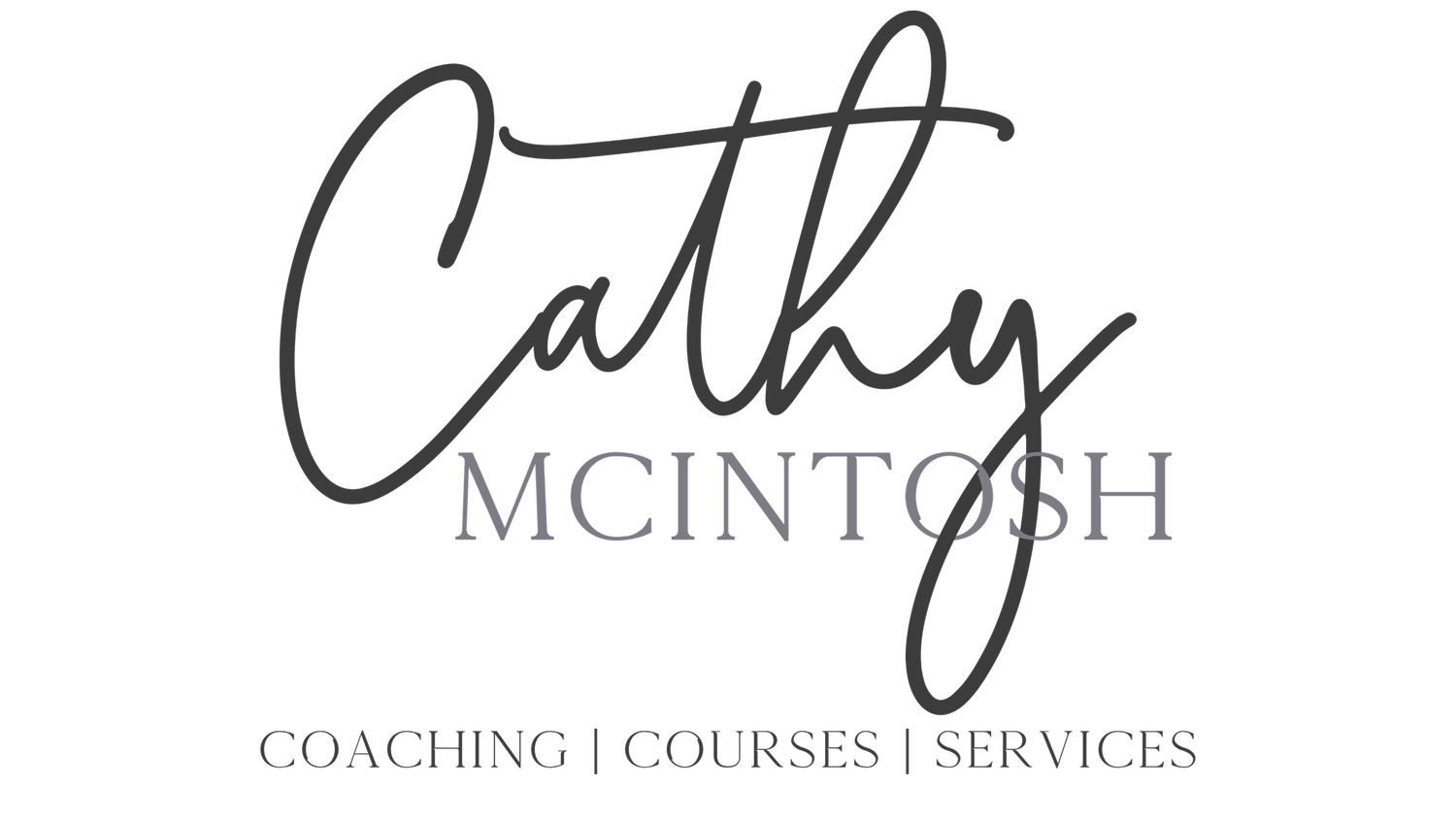The Secret to Building Audience Communication: Identifying Challenges and Pain Points in Online Marketing
As faith-driven authors, we craft stories that we hope will inspire, encourage, and transform lives. However, once our book is written, we often face a new challenge: audience communication that connects with potential readers and attracts them to our work.
Many authors struggle to effectively market their books online and through social media because they don’t truly understand their audience's pain points, challenges, and desires.
The key to successful online marketing and audience communication lies in identifying and addressing your target audience's biggest struggles and aspirations. When you demonstrate empathy and understanding, you can create content that resonates deeply with potential readers, building trust and fostering genuine connections.
Many authors approach online marketing and social media as platforms as if they’re all about them rather than all about their readers. The online environment can be a strategic tool for reaching and engaging with ideal readers.
The point of audience communication: your audience
Before posting about their daily lives, sharing writing tips, or promoting their books, authors are well served to first consider what their audience truly needs and wants. Staying self-focused instead of reader-focused creates a disconnect that can lead to low engagement, minimal reach, and ultimately, fewer book sales.
Improving Audience Communication by Understanding Struggles, Pain Points and Desires
To overcome this challenge and effectively connect with your audience, you must first identify their pain points, challenges, and desires. Here's a 3-step plan to guide to improve audience communication:
1. Conduct thorough audience research:
Analyze your existing readership: Look at your email list, social media followers, and book reviews. What demographics do they represent? What common themes or interests do they share? What comments do they make on social media that can clue you in on these details?
If you have an active email list, send a poll and ask how you can best help them overcome a problem they’re facing. What do they wish they knew about handling a situation they face?
Study your competitors: Identify successful authors in your genre and analyze their online presence. What topics do they discuss? How do they engage with their audience? What pain points do they address?
Engage in social listening: Monitor relevant keywords, hashtags, and conversations on social media platforms. Take note of the questions, struggles, and aspirations that your target audience expresses.
2. Create reader personas:
Based on your research, develop one detailed profile that represents your ideal readers. Give the persona a name, age, occupation, and backstory.
Identify the primary goals, challenges, and pain points. What keeps them up at night? What do they hope to achieve or overcome?
Consider their values, beliefs, and motivations. How do these align with your own faith-driven message and mission?
3. Develop empathetic content:
Using your reader personas as a guide, create content that directly addresses their pain points, challenges, and desires. Offer practical tips, encouragement, and resources that demonstrate your understanding and support.
Share stories and testimonials from readers who have overcome similar struggles or achieved their goals through your work. This social proof will help potential readers see themselves in your message and build trust in your expertise.
Consistently provide value and nurture relationships with your audience. Respond to comments, messages, and emails promptly and thoughtfully. Show genuine interest in their lives and journeys.
By following this plan, you can create an online presence that truly resonates with your ideal readers, attracting them to your work and fostering lasting connections.
However, if you try to connect with readers without first identifying their problems, pain points, and desires, you risk wasting time and effort on ineffective marketing strategies. Your content may fall flat, failing to capture the attention and interest of potential readers. You may struggle to build a loyal and engaged following, limiting the reach and impact of your faith-driven message.
Understanding Your Audience and Addressing Their Needs Opens The Door to Incredible Success
On the other hand, when you prioritize understanding your audience and addressing their needs, you open the door to incredible success. Your online content will not only attract potential readers but also inspire, encourage, and transform lives. Your audience will become loyal fans, eagerly engaging with your posts, sharing your content, and recommending your work to others. As your reach grows, so too will your book sales and the impact of your message.
To learn more about effective online marketing strategies for faith-driven authors, follow me on Instagram @cathymcintoshcoach. I share tips, insights, and resources to help you connect with your audience, build your platform, and make a lasting impact.
By following this plan and prioritizing empathy and understanding in your online marketing efforts, you can avoid the pitfalls of disconnected content and attract a devoted readership. Remember, your words have the power to change lives—but only when you demonstrate that you truly understand and care about your audience's struggles and aspirations.
The secret to identifying your audience's biggest challenges and pain points in online marketing lies in thorough research, the development of reader personas, and the creation of empathetic content. By putting your potential readers first and crafting an online presence that speaks directly to their needs, you can improve audience communication, build a thriving platform, attract a loyal fanbase, and achieve the success you've always dreamed of as a faith-driven author.



